After your visit to the optometrist, you might find yourself staring at a piece of paper filled with unfamiliar letters, numbers, and symbols. This is your eye prescription, a document that specifies the details of your vision correction needs. Decoding it may seem daunting at first, but with a little guidance, you can understand what all those elements mean.
This article will explain the various components of an eye prescription, helping you understand what it says about your vision and the lenses you need. Along the way, you’ll also learn key terms and their significance.
Right Eye vs. Left Eye: OD and OS

Your prescription typically includes two abbreviations to distinguish between your right and left eyes:
· OD: Short for oculus dexter, this refers to your right eye.
· OS: Short for oculus sinister, this refers to your left eye.
Occasionally, you might see OU on your prescription, which stands for oculus uterque and refers to both eyes. Some modern prescriptions use the terms RE (right eye) and LE (left eye) instead.
The information for your right eye is usually listed first, followed by the left eye. This order helps doctors standardize their notes when facing a patient as your right eye aligns with their left side.
Sphere (SPH)
The sphere (SPH) value indicates the lens power needed to correct your basic vision issue:
· A minus sign (-) means you are nearsighted, meaning you see better up close but need help with distant vision.
· A plus sign (+) means you are farsighted, meaning you see better far away but need assistance with near vision.
Lens power is measured in diopters (D). The further from zero the number is, the stronger the prescription. For instance, a prescription of -5.00 D indicates significant nearsightedness, while +2.00 D signifies moderate farsightedness.
Cylinder (CYL)
If your prescription includes a cylinder (CYL) value, it means you have astigmatism. This condition occurs when the cornea—the eye’s outer surface—has an irregular shape, causing blurry or distorted vision.
· The cylinder value represents the lens power needed to correct this uneven curvature.
· A minus sign (-) corrects nearsighted astigmatism, while a plus sign (+) corrects farsighted astigmatism.
If the CYL column is blank, it means you either don’t have astigmatism or your degree of astigmatism is too minor to require correction.
Axis
The axis value accompanies the CYL value and specifies the orientation of astigmatism in degrees. It ranges from 1 to 180 and determines where the lens power for astigmatism correction is applied.
· 90 degrees corresponds to the vertical meridian of the eye.
· 180 degrees corresponds to the horizontal meridian.
For example, an axis of 45 means the astigmatism is oriented diagonally. The axis value is only present if there is a CYL value in the prescription.
Add
The add (ADD) value indicates additional lens power for correcting presbyopia, a common age-related condition that affects near vision. This value is typically found in prescriptions for bifocals or progressive lenses.
· The ADD value is always a positive number, even if the plus sign is not explicitly written.
· It usually ranges between +0.75 and +3.00 D and is often the same for both eyes.
This additional correction helps individuals focus better on close objects, such as when reading or using a smartphone.
Prism
Prism correction is less common but is included for patients who have issues with eye alignment, such as double vision. The prism value indicates how much the lens shifts the image to correct the misalignment.
· Prism power is measured in prism diopters (written as “p.d.”).
· The direction of the prism is denoted by abbreviations:
o BU: Base up
o BD: Base down
o BI: Base in (toward the nose)
o BO: Base out (toward the ear)
For example, a prism measurement of 0.5 BU in the left eye means the lens shifts the image slightly upward to align the two eyes’ vision.
Understanding Contact Lens Prescriptions

A contact lens prescription differs from a glasses prescription because contact lenses sit directly on the eye. It includes additional measurements:
· Base curve (BC): The curvature of the lens to fit your eye.
· Diameter (DIA): The width of the lens.
· Brand or material: The specific type of lens suitable for your eyes.
You’ll also need a contact lens fitting to ensure the lenses are comfortable and effective.
How Eye Prescriptions Are Measured
The values on your prescription are written in specific units:
· Diopters for SPH, CYL, and ADD values, often in increments of 0.25 D.
· Degrees for axis values, ranging from 1 to 180.
· Prism diopters for prism correction, typically written as a single decimal.
Here’s an example prescription:
|
SPH |
CYL |
Axis |
Add |
Prism |
|
OD: -2.00 |
SPH |
|
+2.00 |
0.5 BD |
|
OS: -1.00 |
-0.50 |
180 |
+2.00 |
0.5 BU |
This means:
· The right eye (OD) has -2.00 D for nearsightedness, no astigmatism (noted by SPH), and +2.00 D for presbyopia correction. It also includes 0.5 prism diopters base down.
· The left eye (OS) has -1.00 D for nearsightedness, -0.50 D cylinder for astigmatism correction at 180 degrees, +2.00 D for presbyopia, and 0.5 prism diopters base up.
Conclusion
Deciphering your eye prescription might seem challenging but understanding the components can provide valuable insights into your vision health. The SPH, CYL, axis, ADD, and prism values each play a crucial role in tailoring your eyewear to meet your needs.







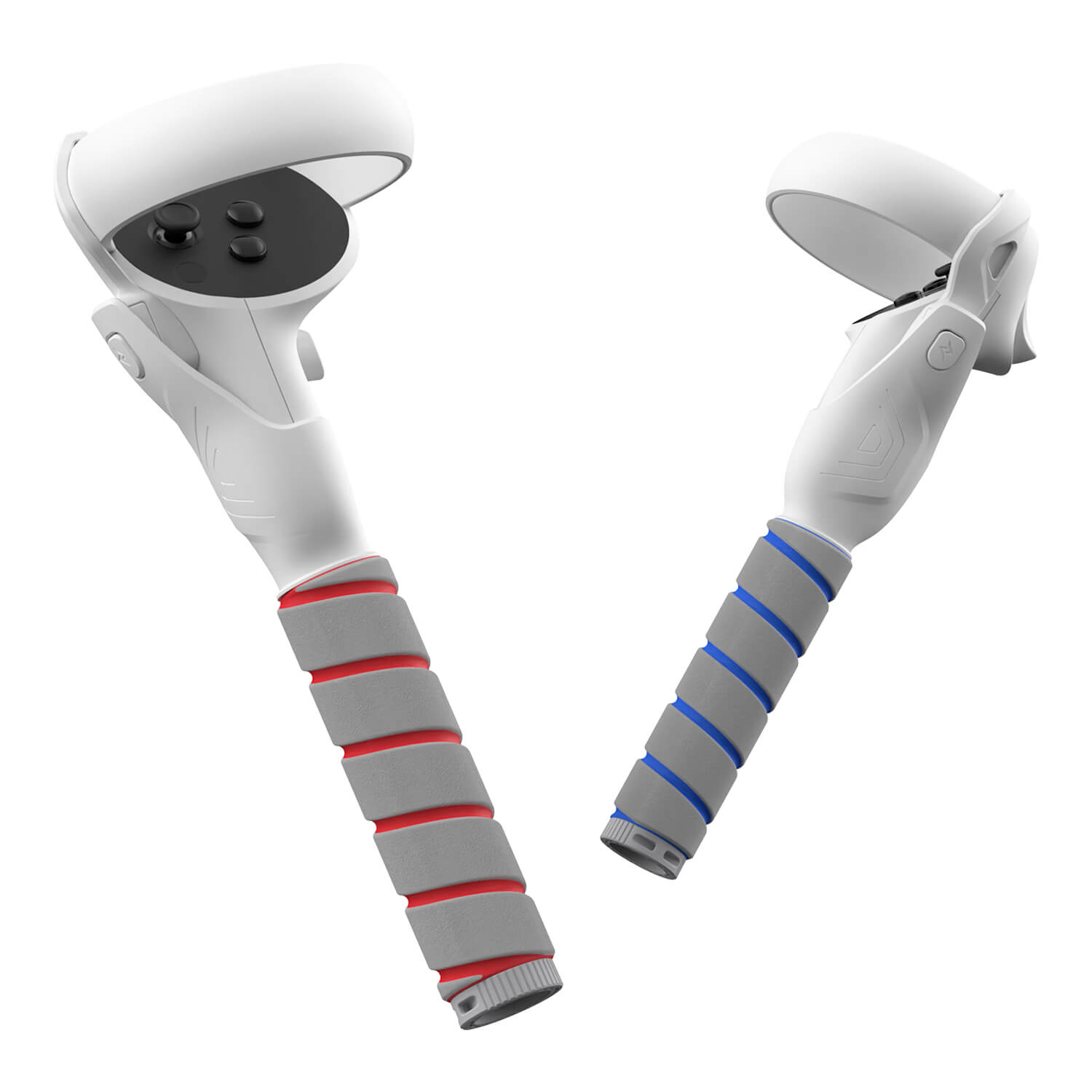

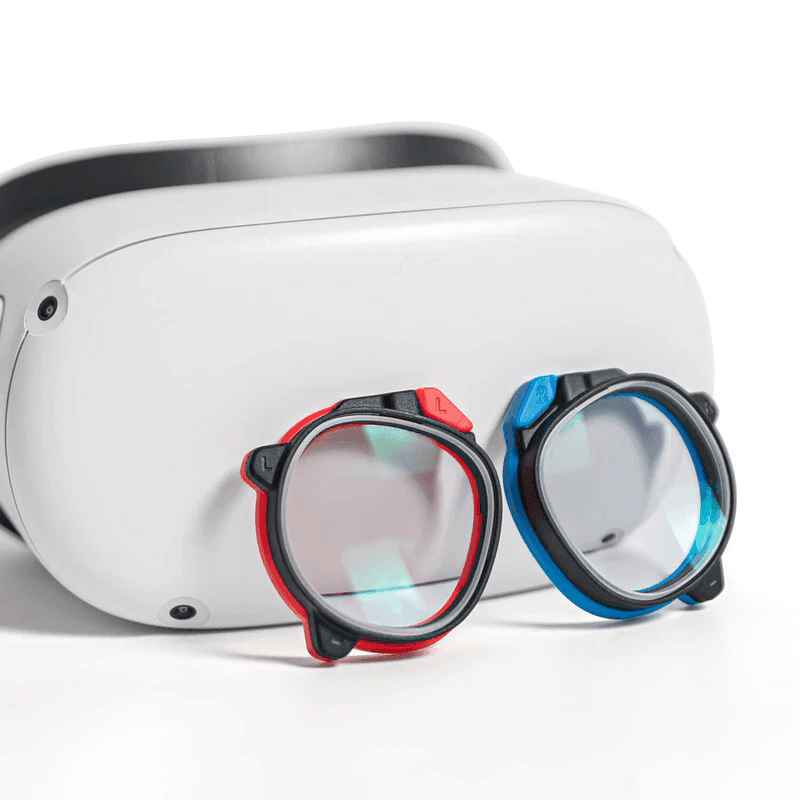

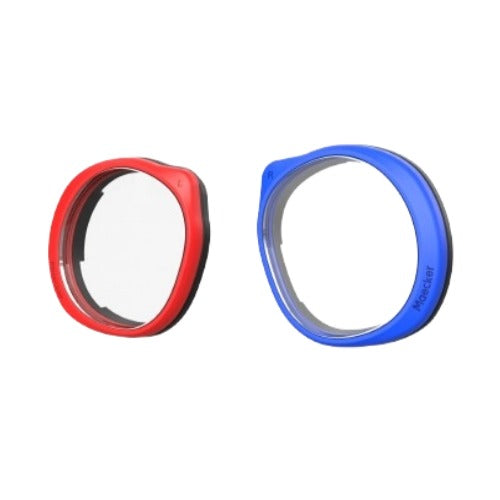
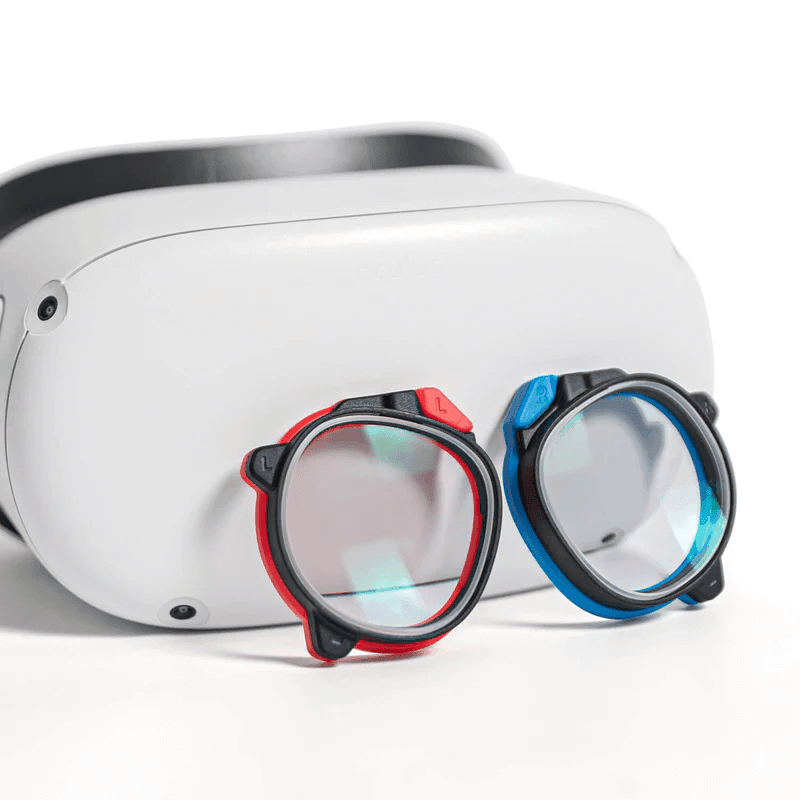
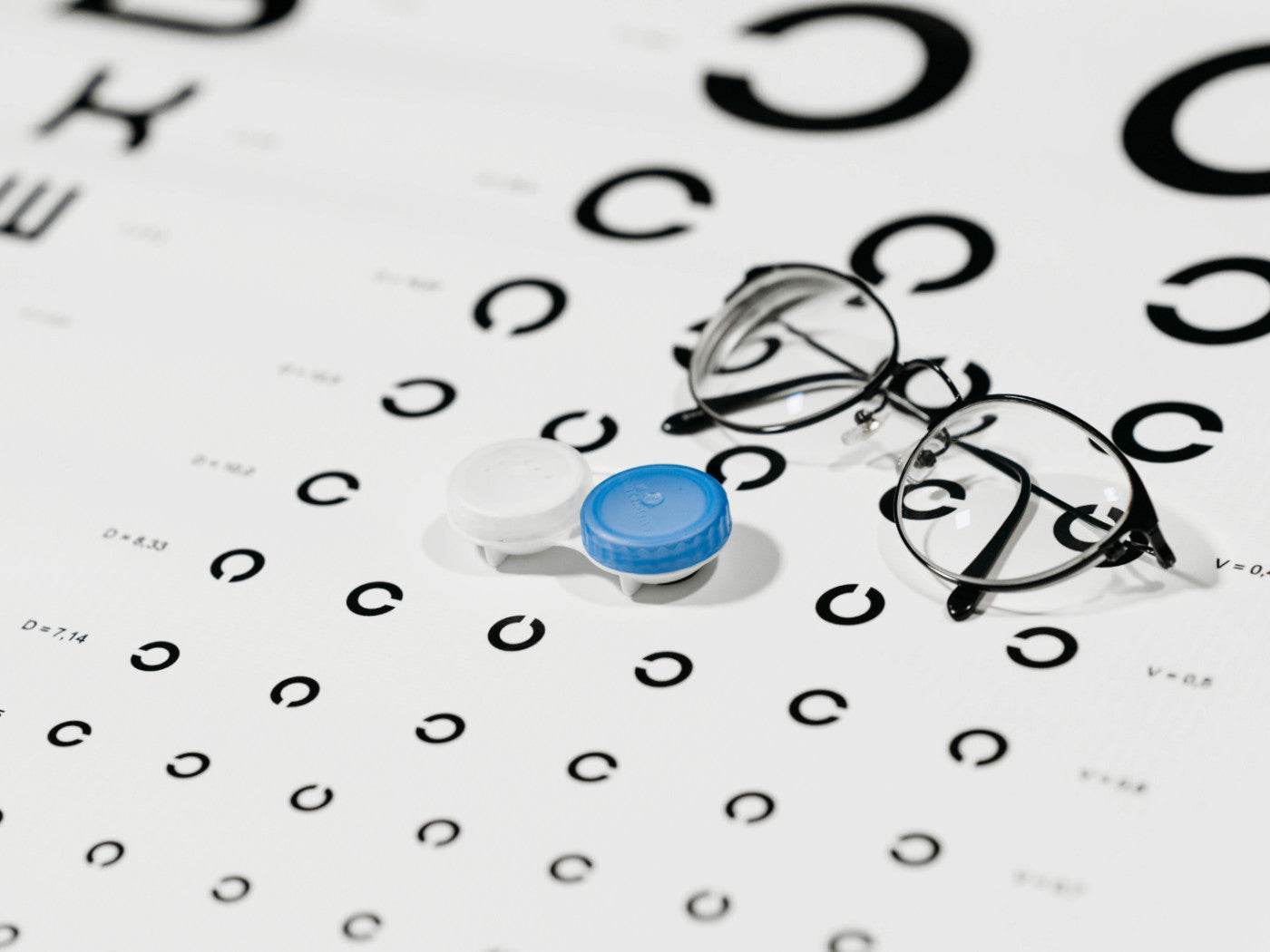
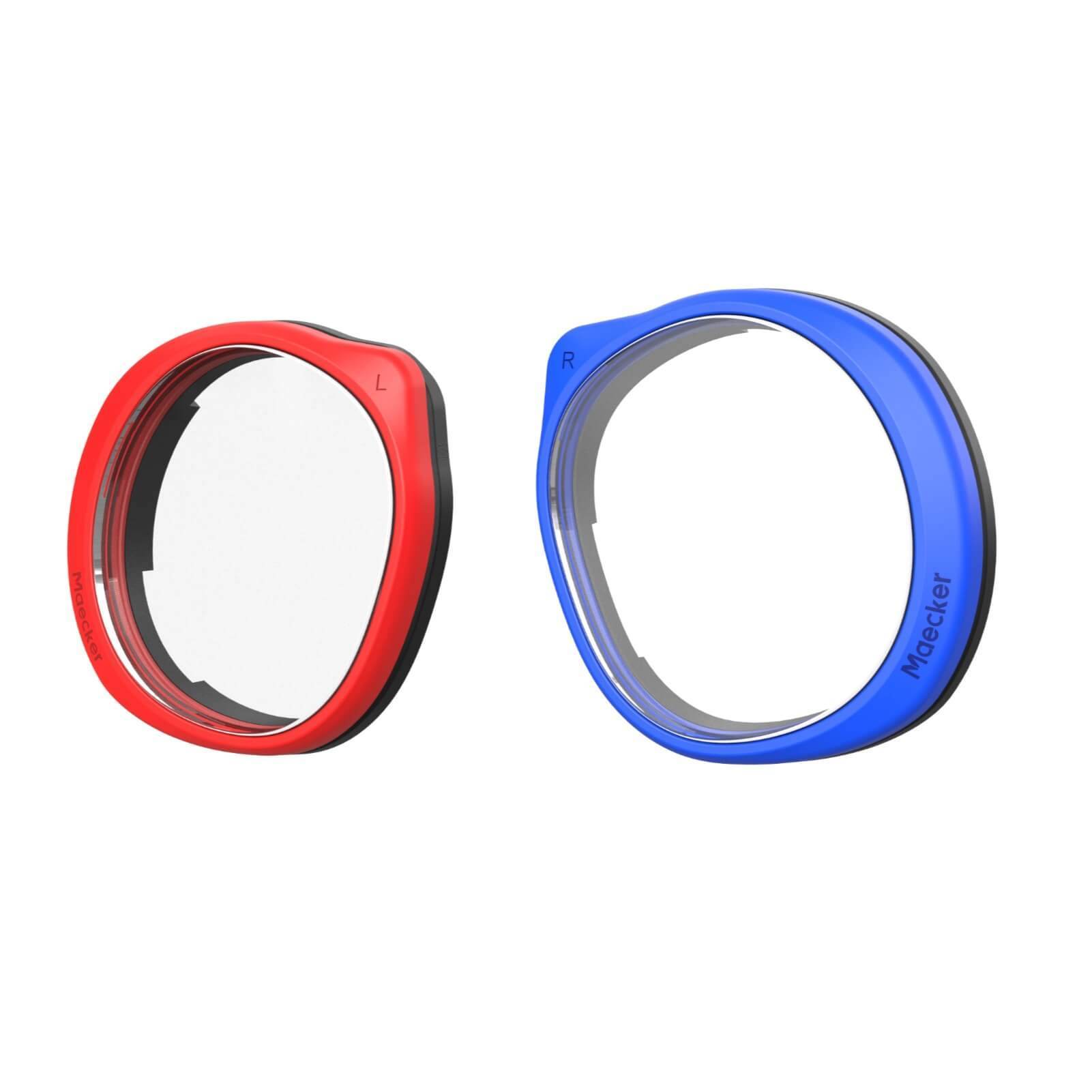
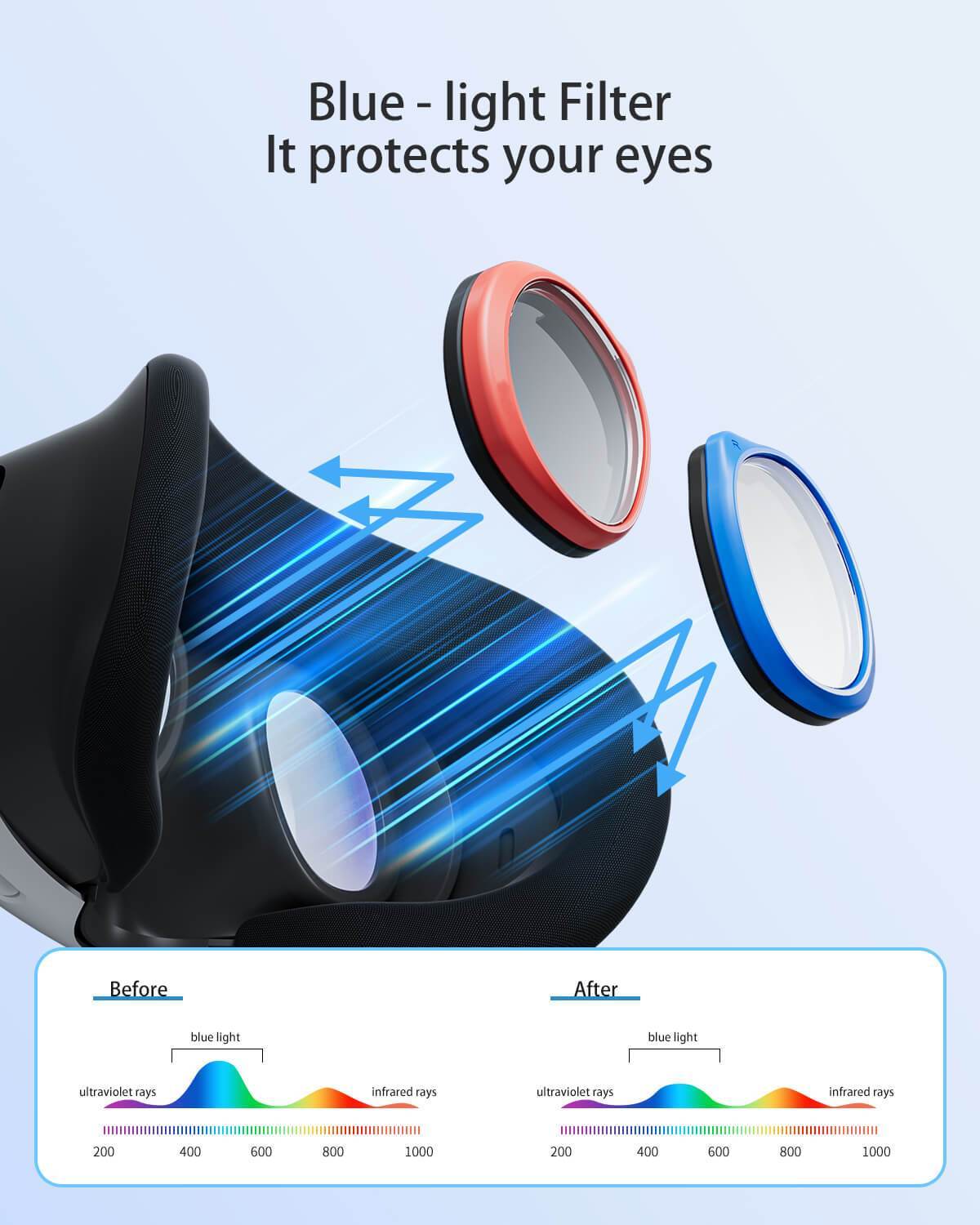


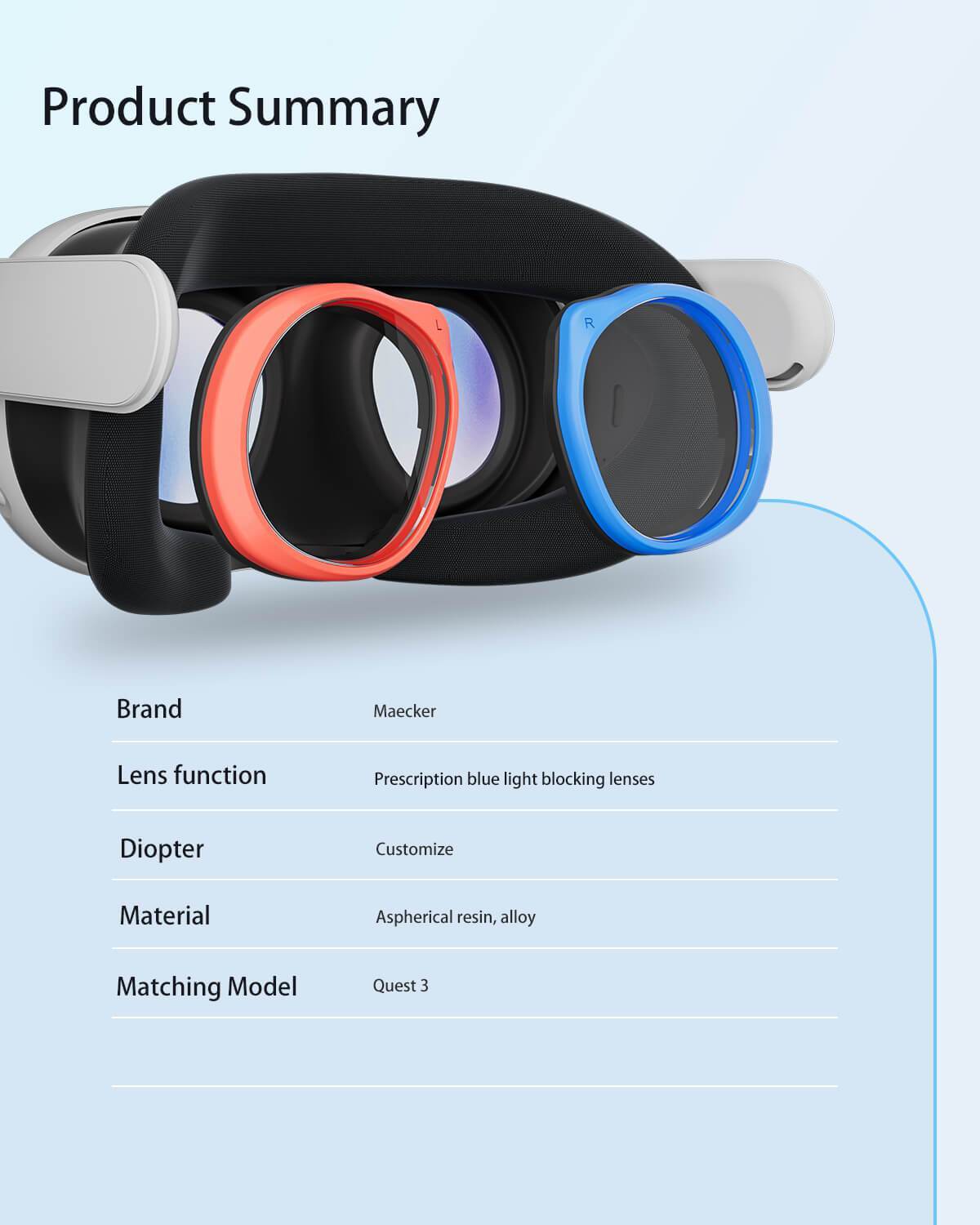
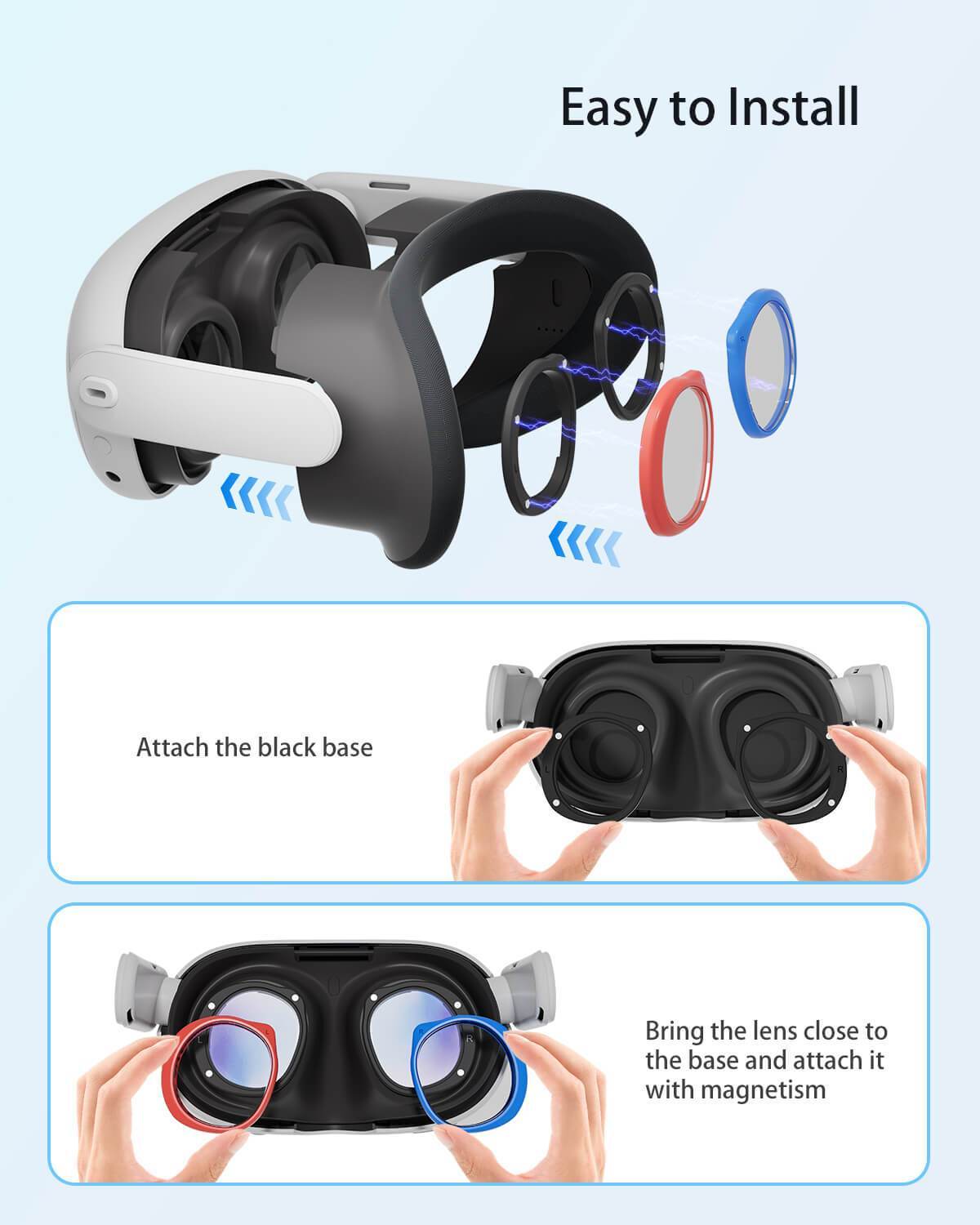
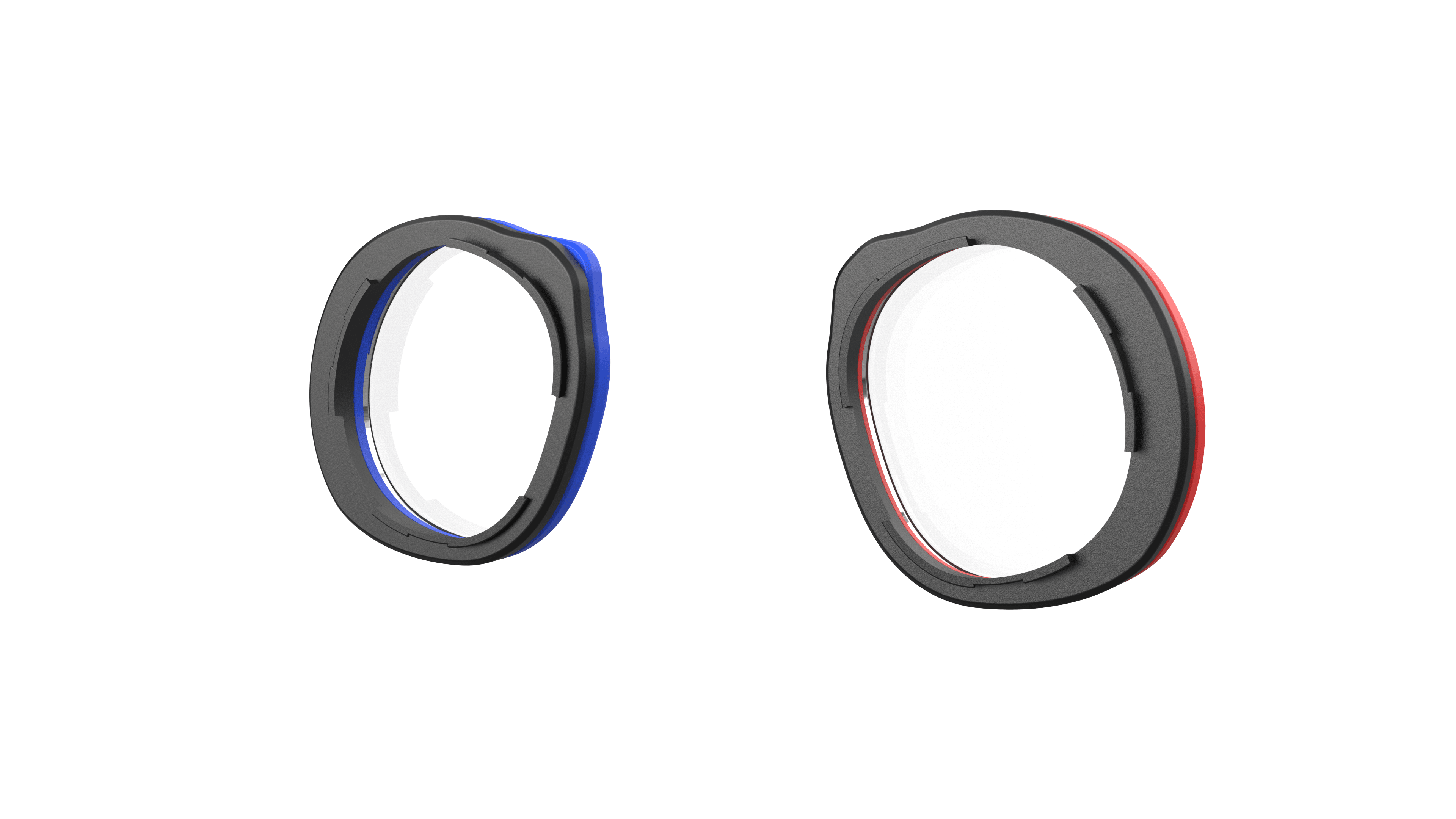
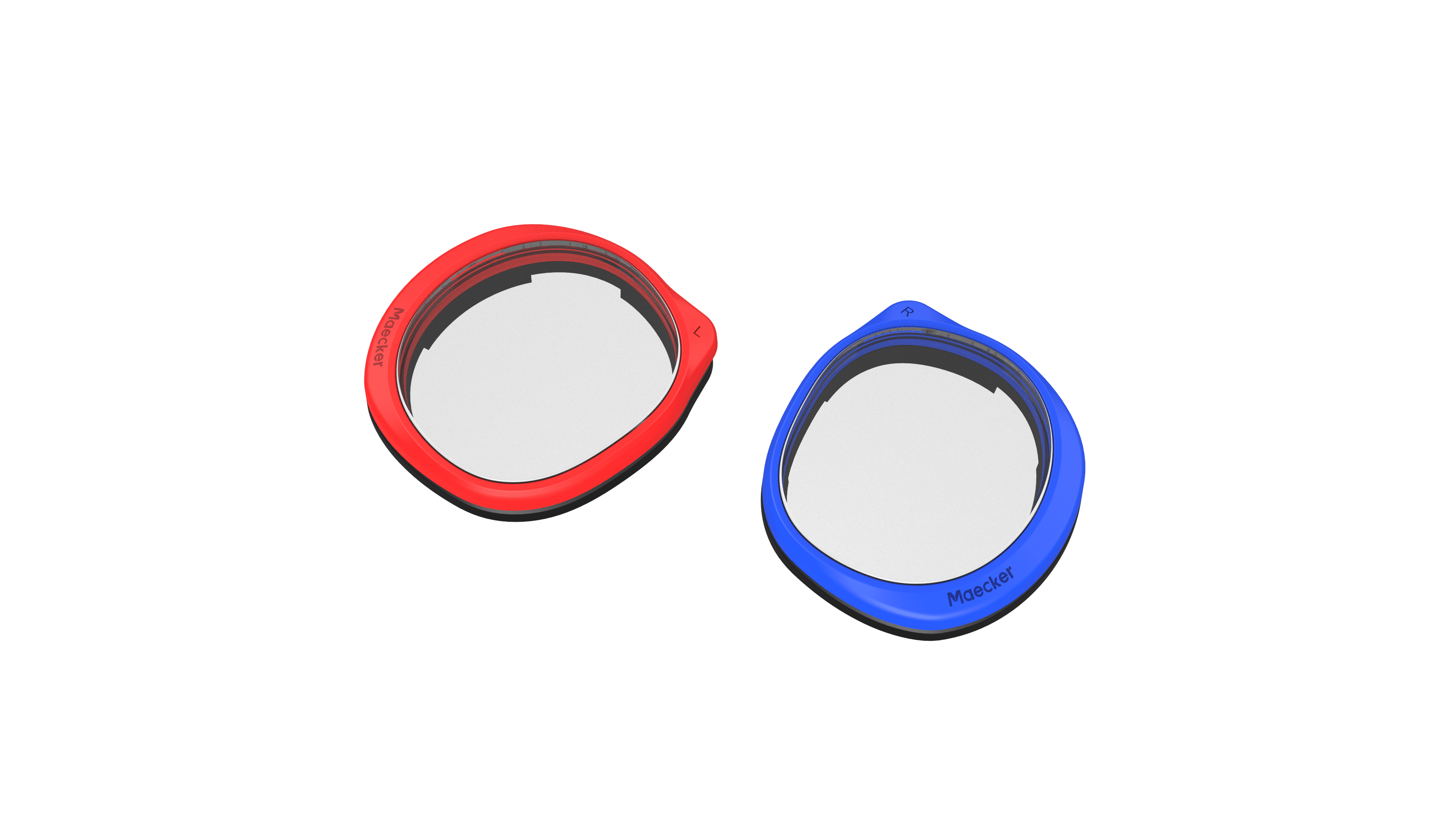
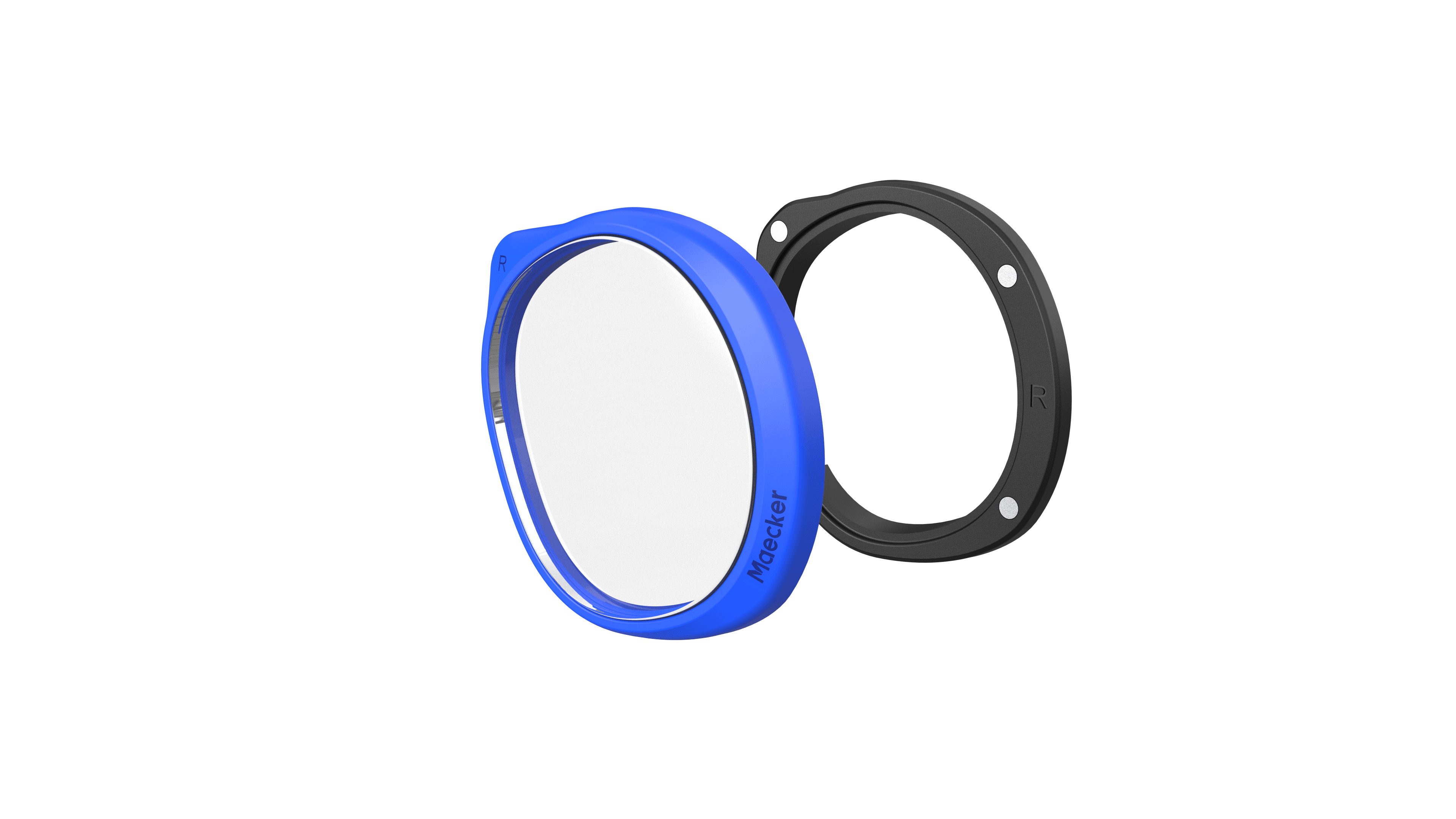


Leave a comment
All comments are moderated before being published.
Deze site wordt beschermd door hCaptcha en het privacybeleid en de servicevoorwaarden van hCaptcha zijn van toepassing.